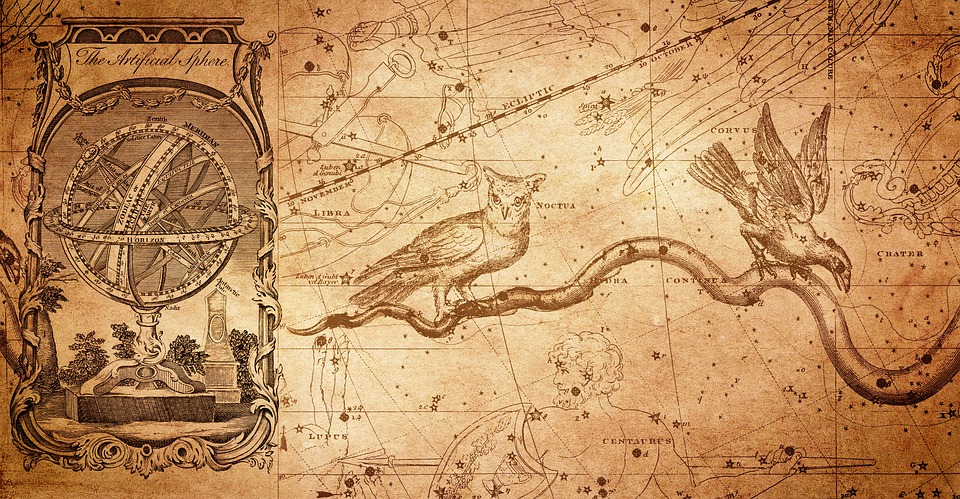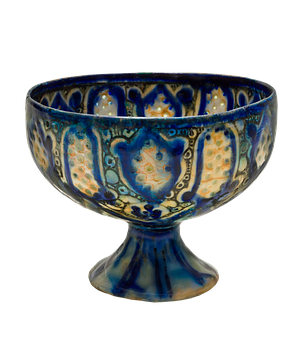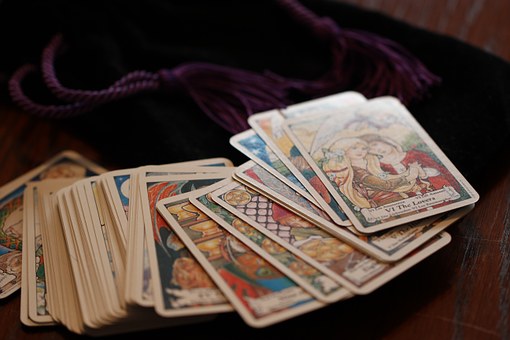by Brian Edward Rise
Hero’s companion in the Prose Tristan. A satiric but well meaning jokester who looks upon chivalry with skeptical amusement. He makes jests about combat, saying that cowards have the advantage of living. He also remarks about his inability to comprehend why, when so many lovely and willing ladies are readily available, knights seek the favor of snobbish princesses. However, he is sound of heart and proves a brave warrior when needed.









